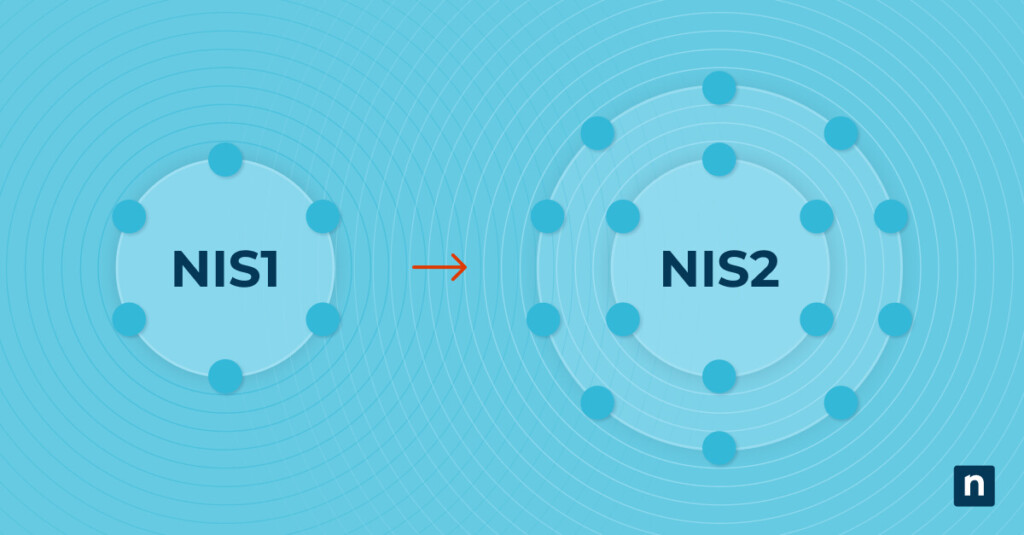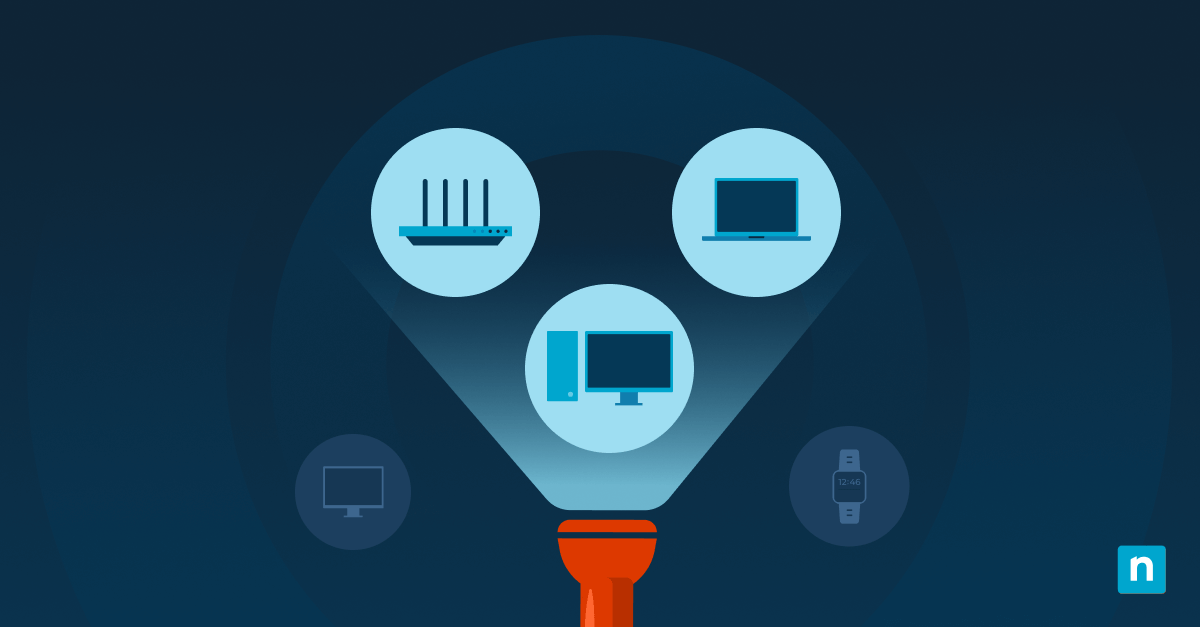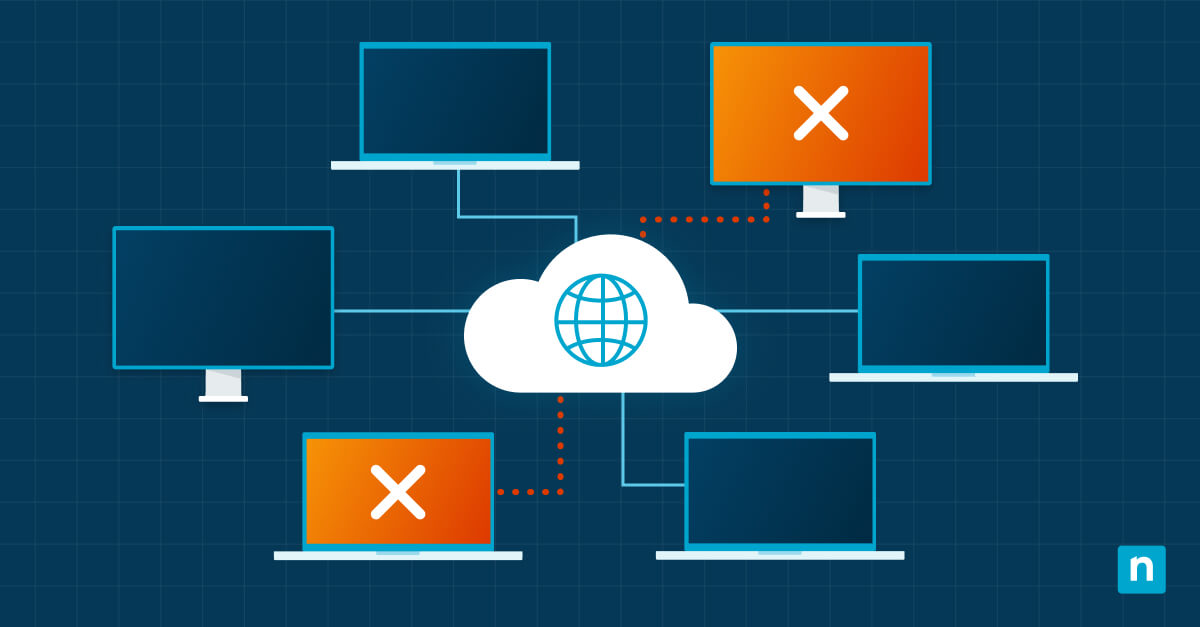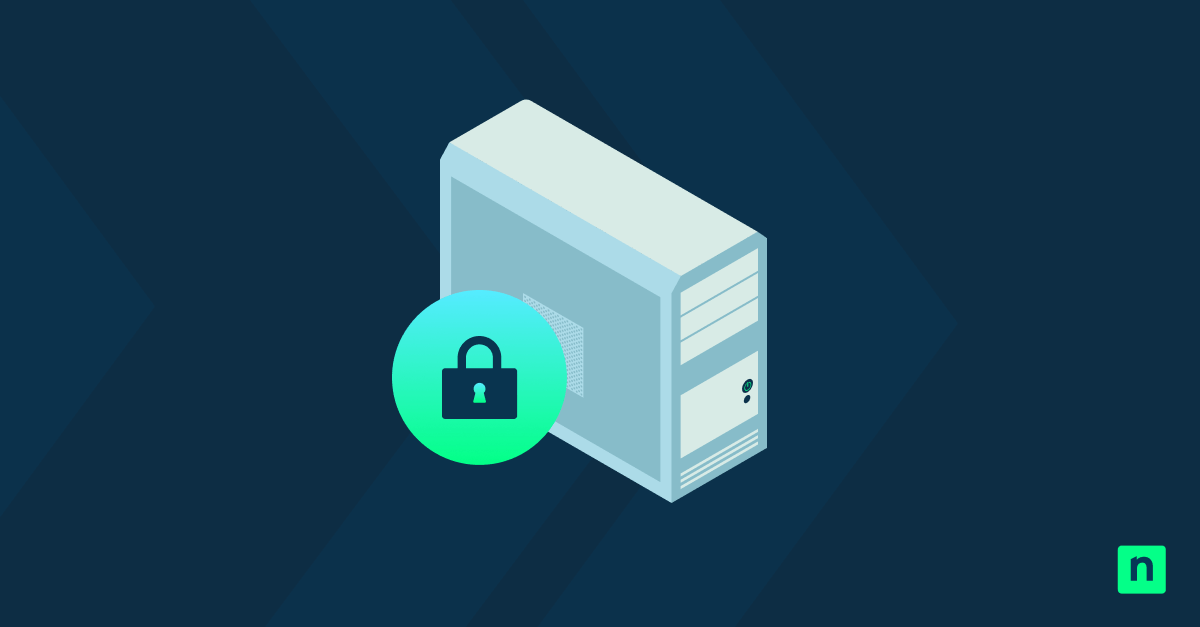To better protect its residents, organizations, and institutions, the European Union (EU) has strengthened its stance on cybersecurity with the introduction of NIS2 —the newly upgraded Network and Information Security Directive. This legislative framework is a response to the evolving cyber threats that show no sign of abating.
In this article, we demystify NIS2 and share how it’s being used to establish a strong, unified cybersecurity framework across the EU.
What is NIS2?
NIS2 is an updated version of the original Network and Information Security Directive, tailored to meet the shifting challenges in cybersecurity. Its redesign reflects the European Union’s commitment to bolstering the resilience of critical infrastructure and digital services in the face of modern cyber threats.
This update outlines additional requirements and responsibilities for organizations in specific sectors deemed vital to the functioning of society and the economy. These sectors form an integral part of the NIS2 directive’s comprehensive strategy to address cyber risks and ensure the safeguarding of networks and information systems.
Purpose of the NIS2 directive
As cyber-attacks become more common and sophisticated, the EU is encouraging businesses to elevate their cybersecurity. The NIS2 directive seeks to create a shared cybersecurity playbook for the EU. In doing so, the EU hopes to promote cooperation and the sharing of information between member states to keep data secure.
Requirements of NIS2
The NIS2 directive imposes several requirements on organizations. These include implementing appropriate security measures to prevent and minimize the impact of cyber incidents, establishing incident response plans, conducting regular risk assessments, and ensuring the confidentiality, integrity, and availability of their networks and information systems.
Sectors that must comply with NIS2
NIS2 rules extend to key sectors including energy, transport, banking, healthcare, and digital infrastructure. As these sectors are critical to society and the economy, any disruptions in their networks and information systems could lead to serious problems. NIS2 is a formal way of ensuring stability and security in these essential areas.
Understanding the NIS2 Directive
Effectively navigating the regulatory landscape requires comprehending the extensive reach of the NIS2 Directive, as it encompasses both public and private entities providing essential services within the EU.
Scope and applicability of the NIS2 Directive
The scope of the NIS2 directive is wide-reaching, applying to both public and private businesses that offer essential services in the EU. These rules also apply to organizations in the digital realm, including online marketplaces, search engines, or cloud services.
Key obligations under the NIS2 Directive
According to the NIS2 directive, organizations must adopt suitable and reasonable technical and organizational measures to handle the risks to their networks and information systems. This includes:
- Risk management: Entities must conduct risk assessments and implement measures to manage and secure their network and information systems.
- Incident reporting: Organizations are required to report significant incidents to the competent authority, ensuring swift and effective response to cyber threats.
- Cooperation and information sharing: Collaboration between Member States and competent authorities is mandated, fostering a proactive approach to cybersecurity through the exchange of information and best practices.
- Security measures for digital service providers: Specific security measures must be implemented by digital service providers, including online marketplaces, search engines, and cloud services, to enhance the overall cybersecurity resilience.
- Security requirements for operators of essential services: Operators of essential services must adhere to specific security requirements, ensuring the protection of critical infrastructure and services.
- Incident response plans: Entities are obligated to establish and maintain incident response plans outlining procedures to be followed in the event of a cybersecurity incident.
- Audit and certification: Certain entities may be subject to audit and certification requirements, demonstrating compliance with the NIS2 Directive and bolstering cybersecurity preparedness.
Enforcement mechanisms
To achieve NIS2 directive compliance, member states must appoint competent national authorities tasked with overseeing and enforcing the directive. These authorities hold the authority to perform audits, inspections, and investigations, as well as to levy sanctions and penalties for non-compliance. The directive also encourages collaboration and the exchange of information among member states to streamline the prevention, detection, and response to cyber incidents.
Penalties
Failure to comply with the NIS2 directive can lead to substantial penalties. Member states may impose fines, administrative measures, or other sanctions, the severity of which may vary based on the level of non-compliance and its impact. Businesses must proactively adhere to the NIS2 directive to mitigate the risk of potential financial and reputational repercussions.
Starting the journey to compliance
By following the following steps and fostering a proactive approach to cybersecurity, your organization can navigate the regulatory landscape with confidence and implement effective measures to meet the requirements of NIS2 compliance.
Complete a gap analysis
Ensuring adherence to the NIS2 directive begins with conducting a thorough gap analysis. This entails evaluating existing cybersecurity measures in comparison to the directive’s requirements and pinpointing any areas of non-compliance or vulnerabilities. The insights gained from the gap analysis are invaluable, shedding light on the current security stance and aiding in prioritizing efforts for remediation.
Implement training and process changes
After identifying the gaps, organizations should conduct suitable training programs and process adjustments to tackle the deficiencies. This might include offering cybersecurity awareness training to employees, updating security policies and procedures, and incorporating secure coding practices. Consistent training and awareness initiatives will foster a cybersecurity culture within the organization so employees are well-prepared to recognize and respond to potential threats.
Invest in digital transformation
Organizations can make their networks and info systems more secure and resilient by embracing cloud-based solutions, using multi-factor authentication, and tapping into artificial intelligence and machine learning to spot and handle threats. Such a digital transformation not only enhances cybersecurity but also opens up opportunities for business growth and innovation.
Set up rigorous reporting
Compliance with the NIS2 directive requires organizations to establish reporting mechanisms. This includes implementing systems to monitor and report cybersecurity incidents, conducting regular vulnerability assessments, and sharing information with competent authorities and other relevant stakeholders. Setting up rigorous reporting processes will ensure timely detection and response to cyber incidents, facilitating collaboration and information sharing between organizations and authorities.
📌Watch The Requirements of NIS2 Compliance: An Overview, which highlights the directive’s requirements, essential security measures, compliance checklists, and best practices for long-term resilience.
Manage compliance with the help of NinjaOne
NinjaOne’s security solution provides comprehensive enterprise IT management, simplifying the complexities of cybersecurity. With robust features like remote monitoring and management, vulnerability assessments, and incident reporting, we empower organizations to navigate compliance effortlessly.
Tailored for directives like NIS2, NinjaOne offers a holistic solution designed to strengthen cybersecurity measures in both on-site and remote work environments. Whether it’s managing incidents, monitoring vulnerabilities, or promoting collaboration, we’re a reliable ally for businesses seeking efficient and proactive security measures. Discover more about NinjaOne’s enterprise IT security tools.








